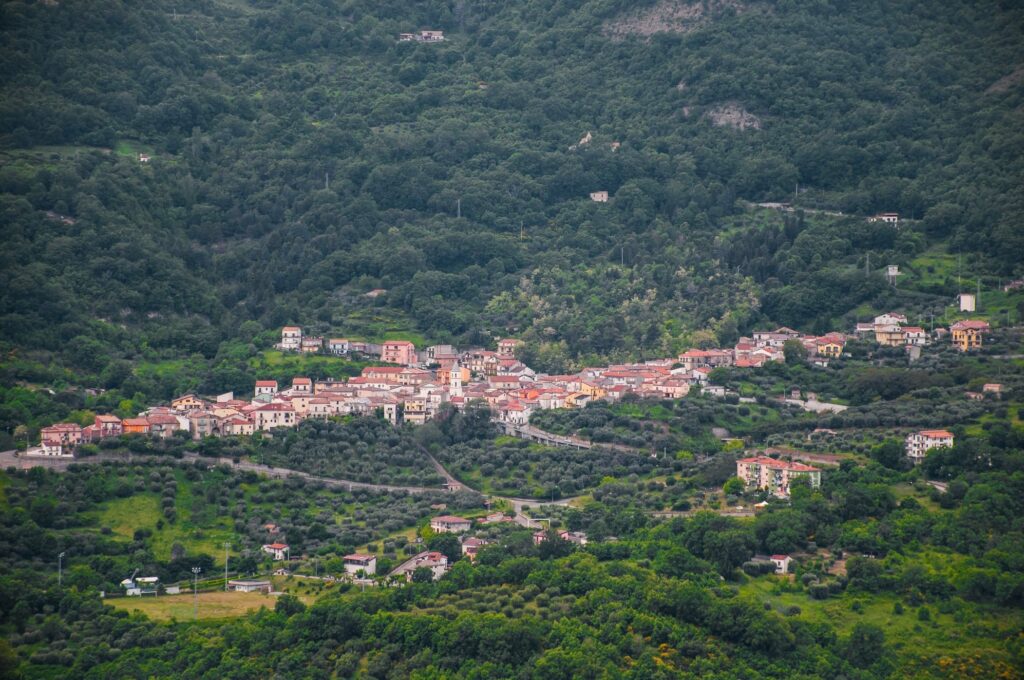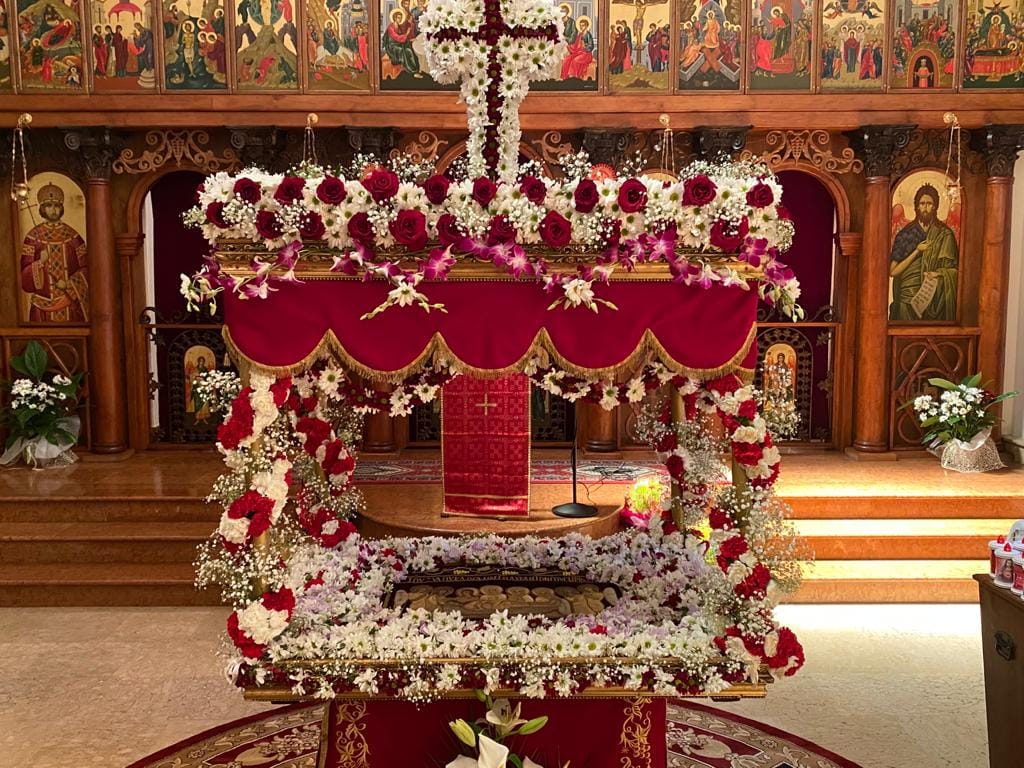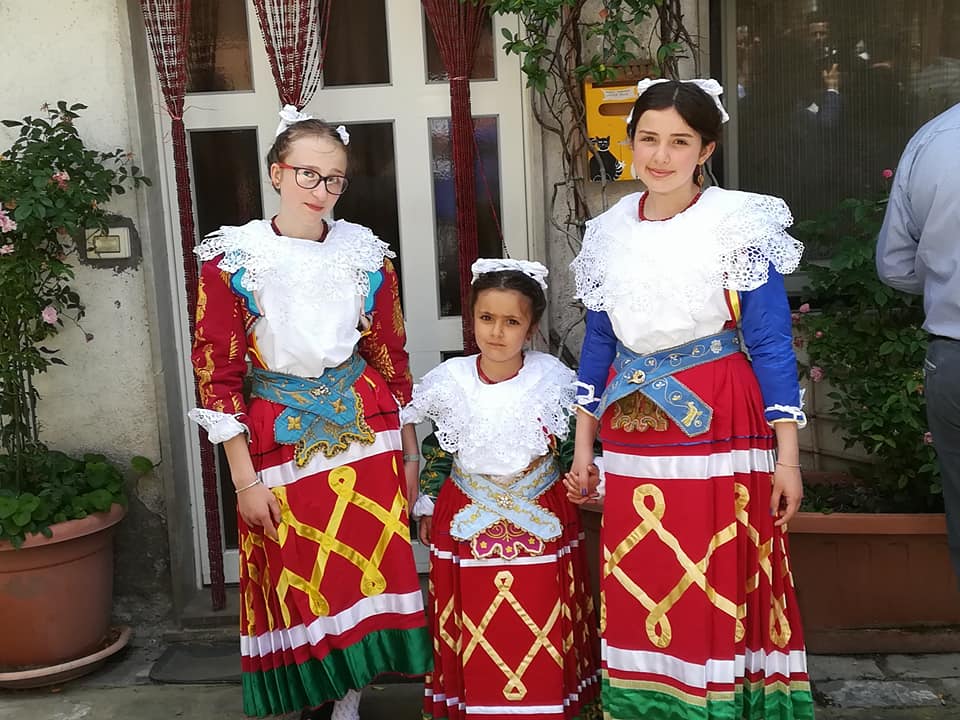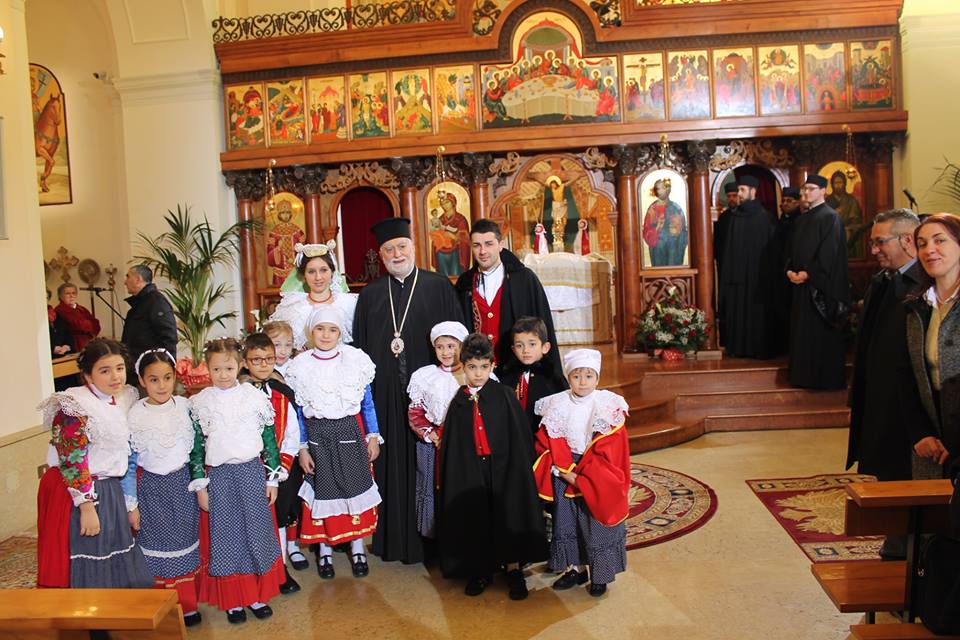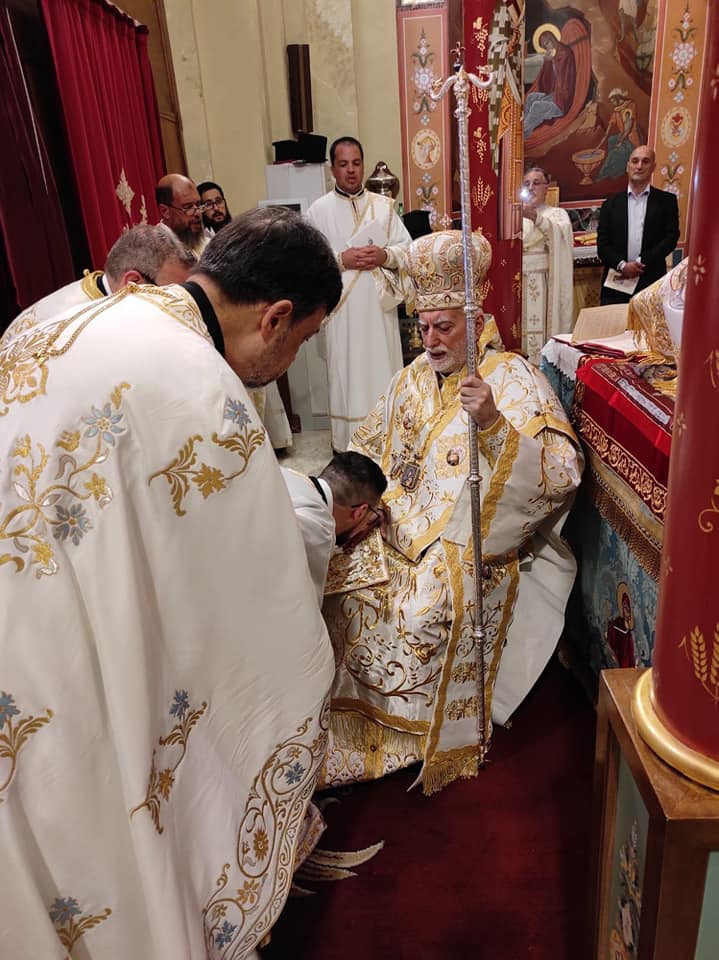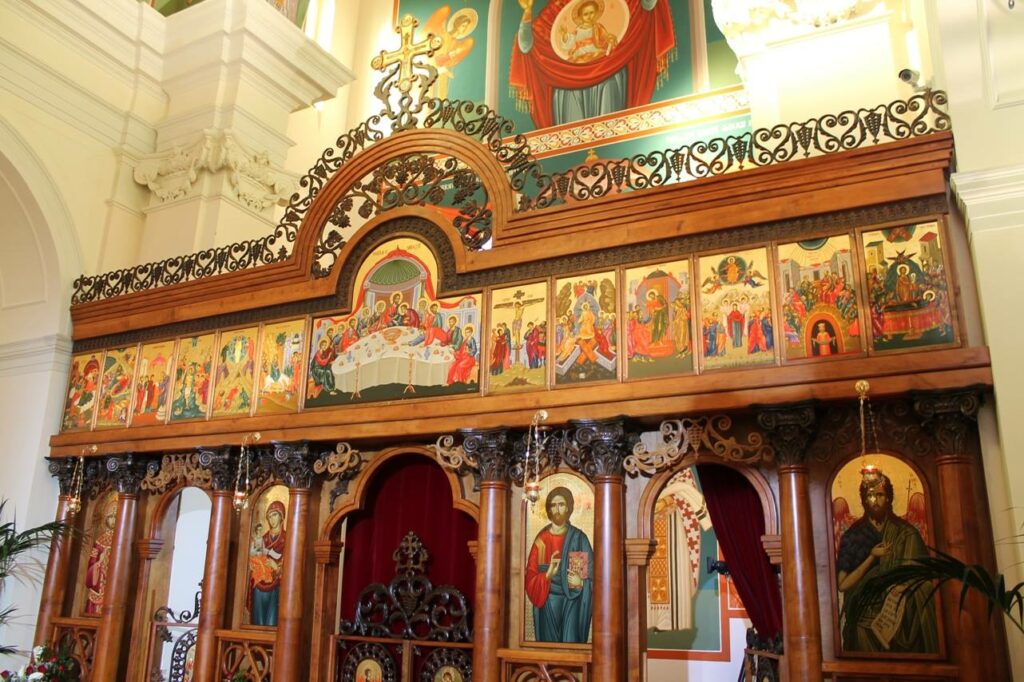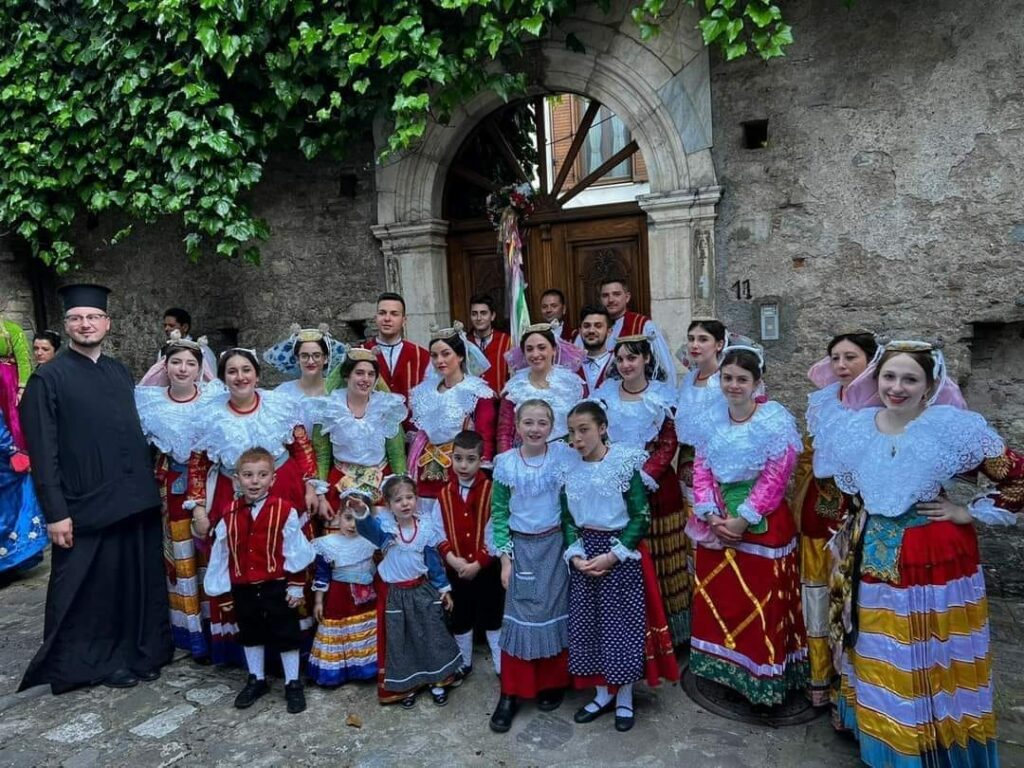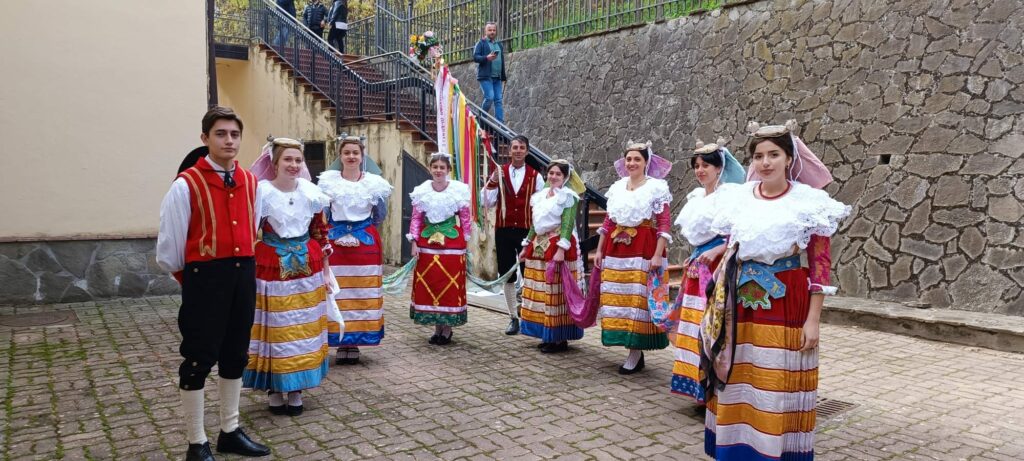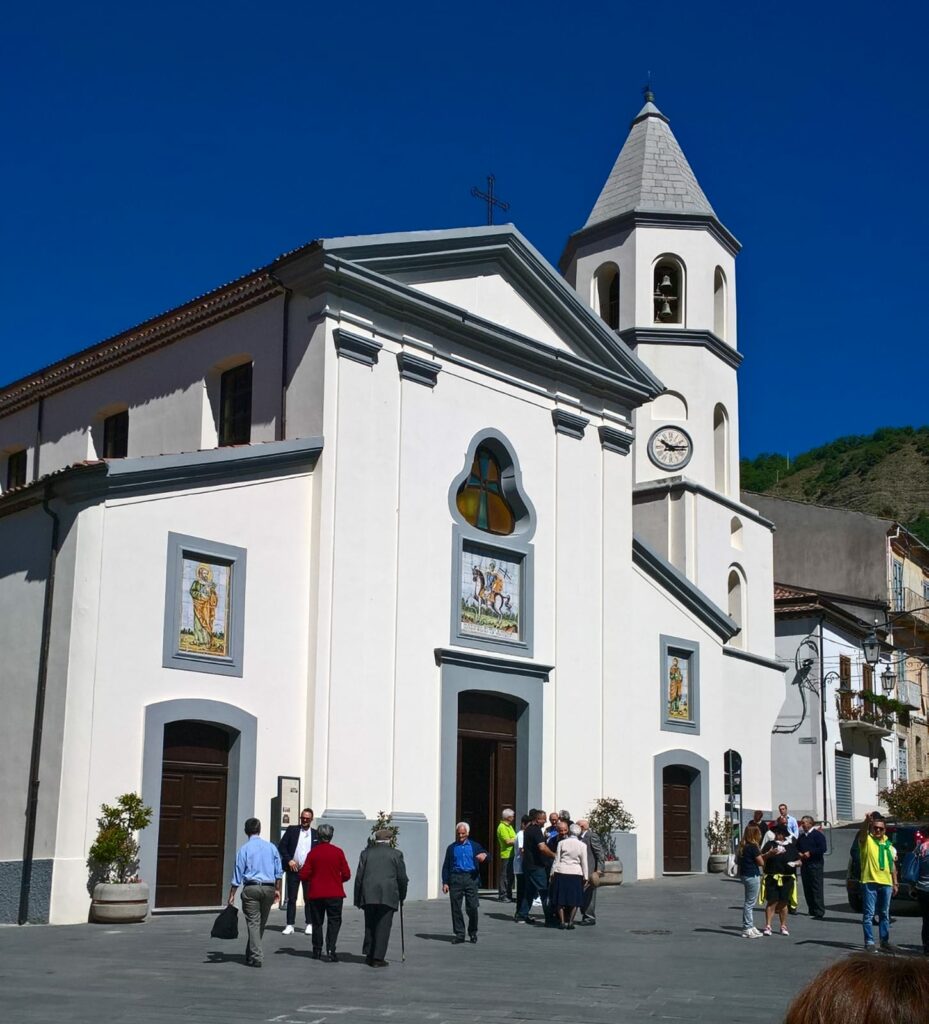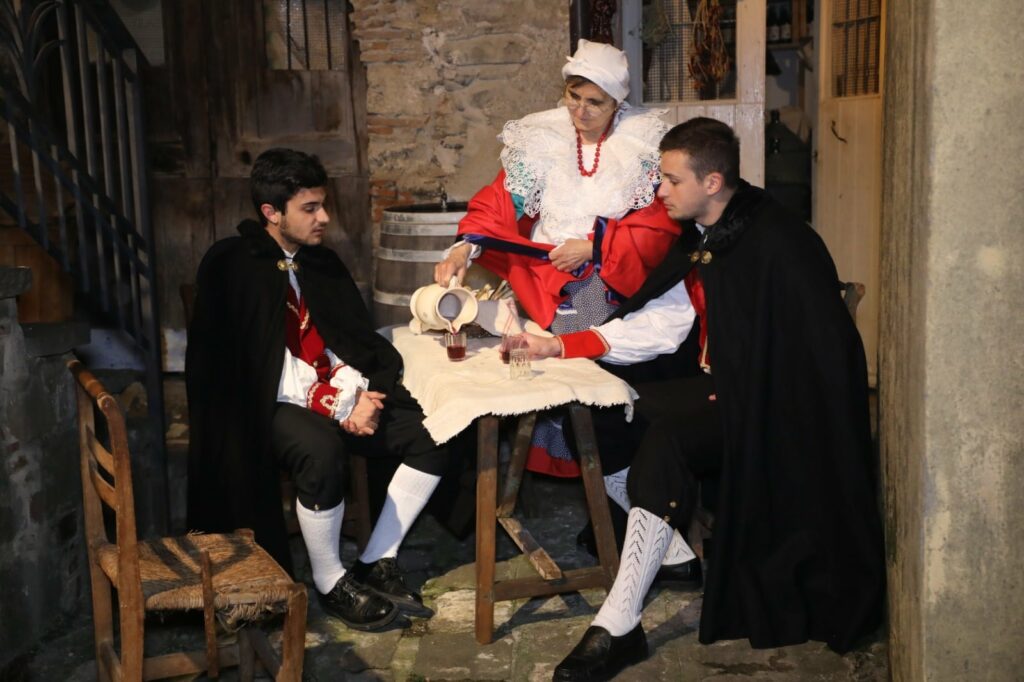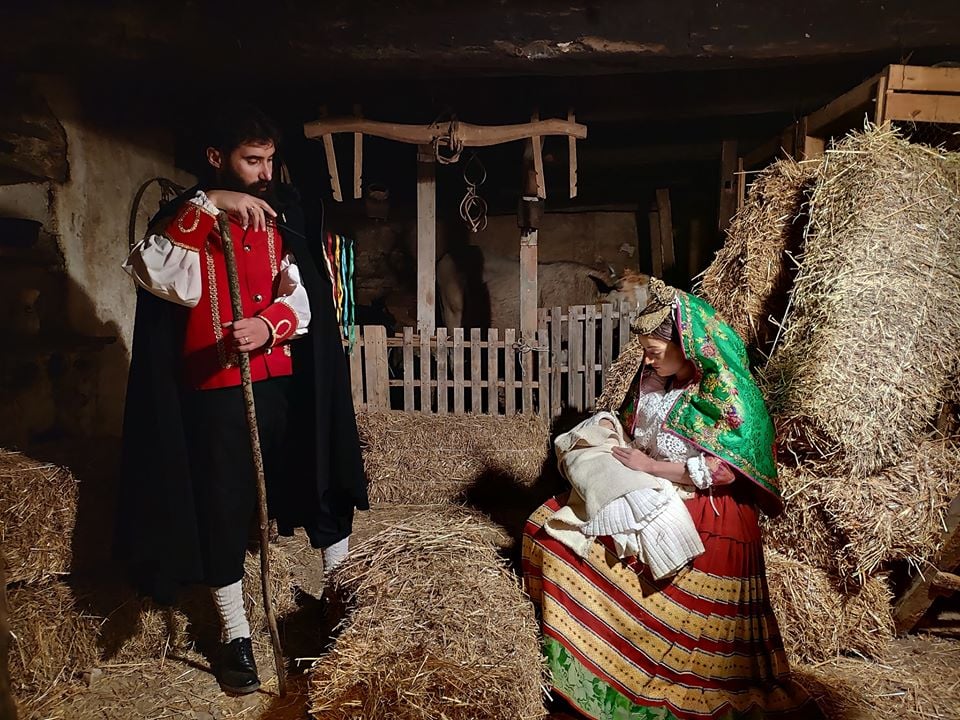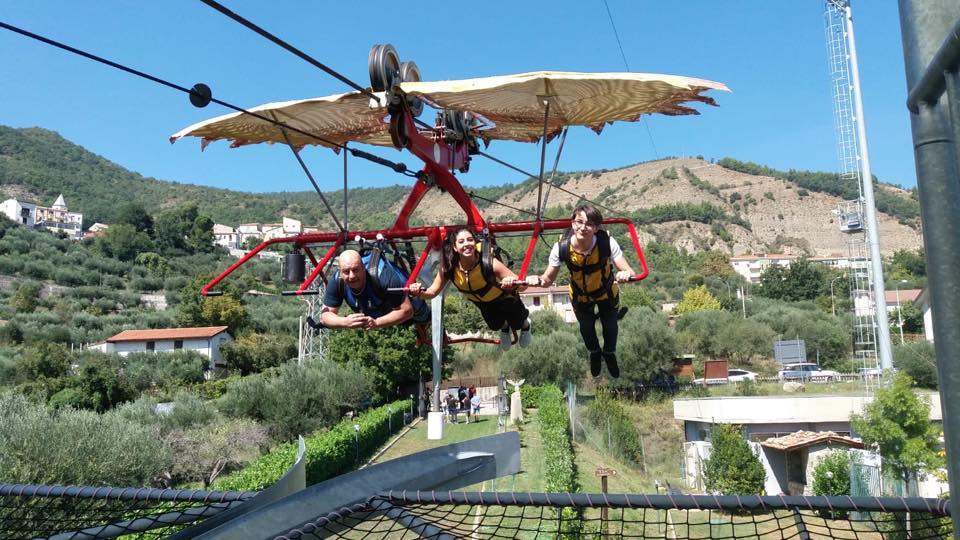San Costantino Albanese is one of the most characteristic villages of Arbëreshe culture in Basilicata and is located in the heart of the Pollino National Park. The Albanian populations who found refuge here also left their identity imprinted in the architecture and religious functions strongly linked to the Greek-Byzantine rite, especially on the occasion of typical wedding ceremonies.
The inhabitants of San Costantino Albanese still speak Albanian, which is one of the official languages of the municipality. In the small village everything tells of the passage and influence of the Arbëreshe populations which took place in the 16th century as evidenced by the names of the characteristic streets indicated in the Italian and Albanian versions.


